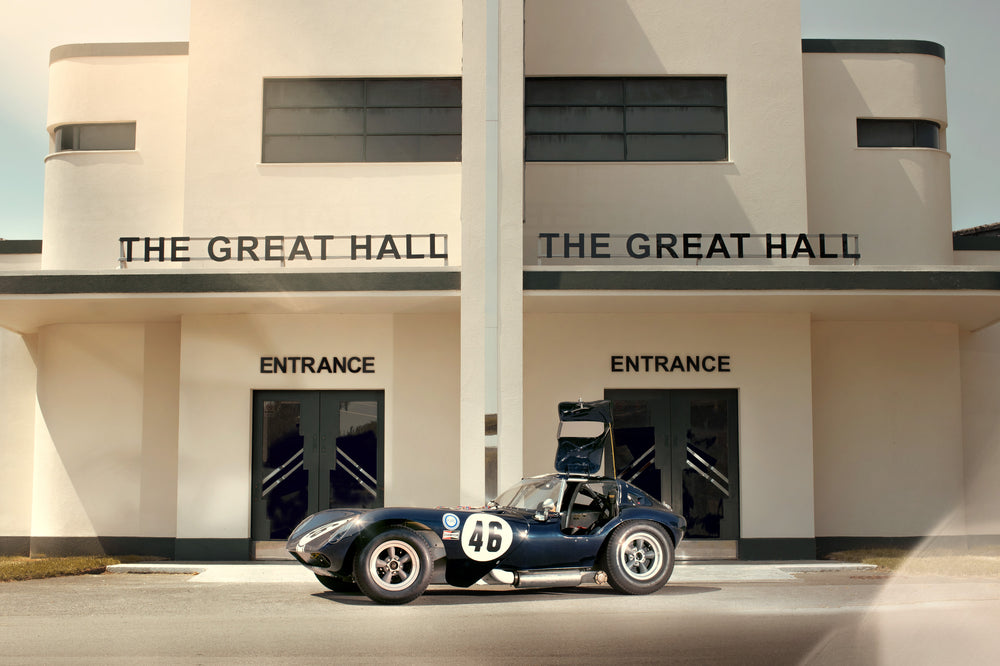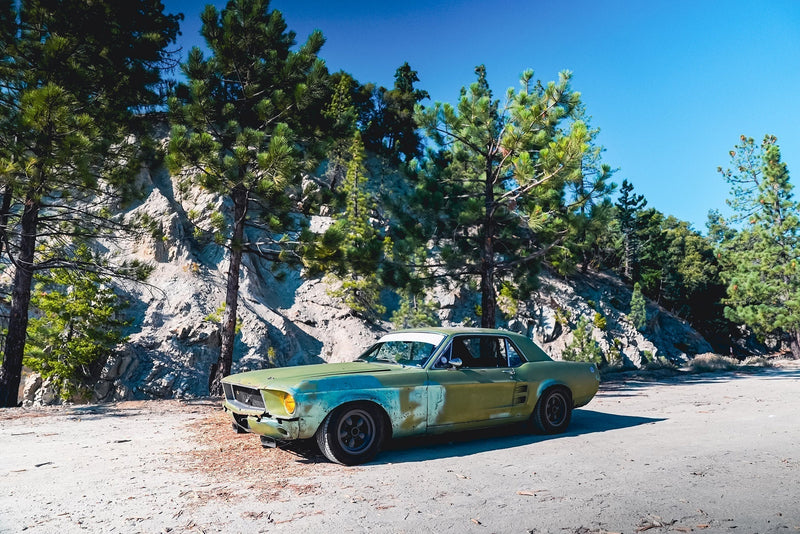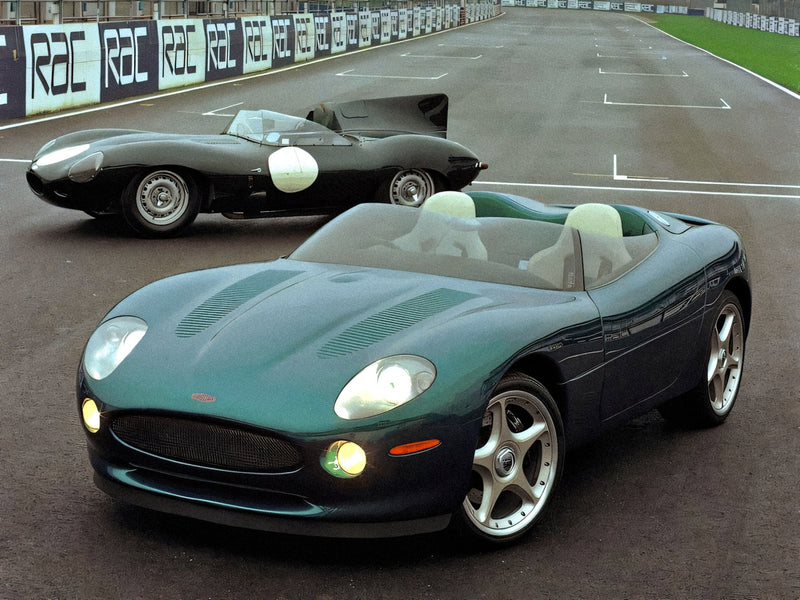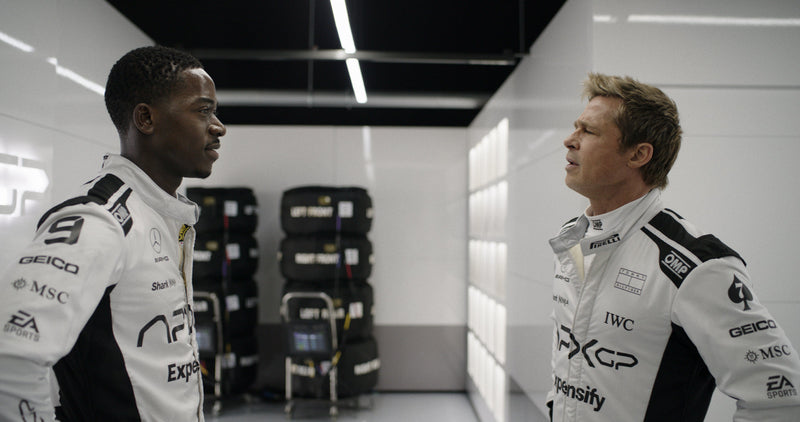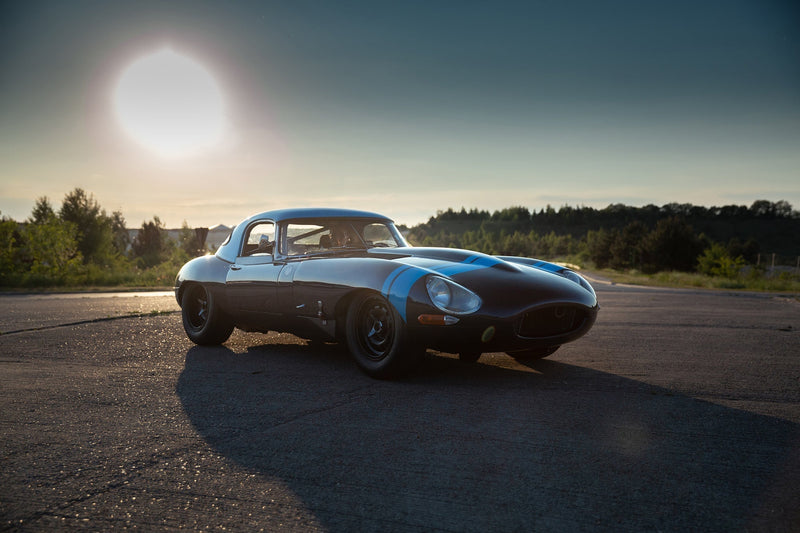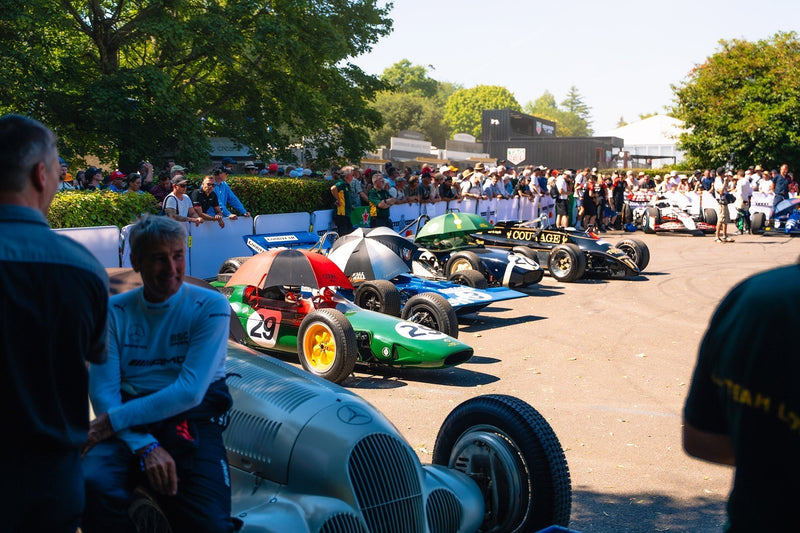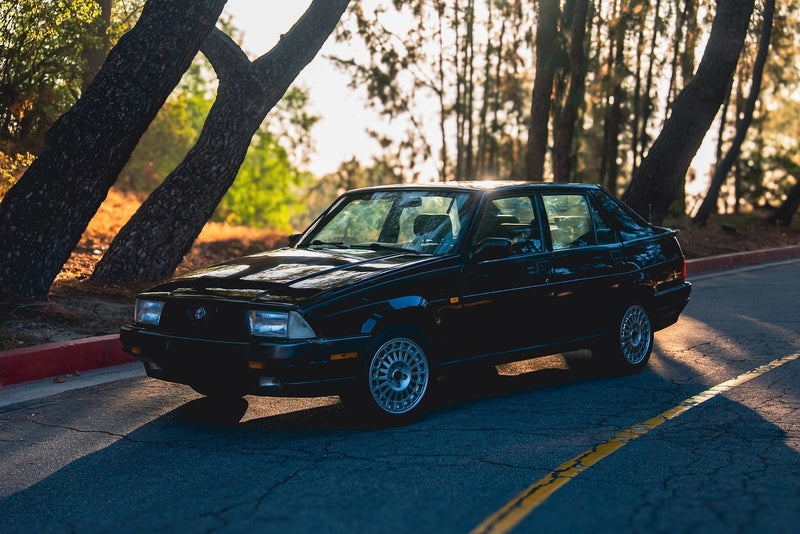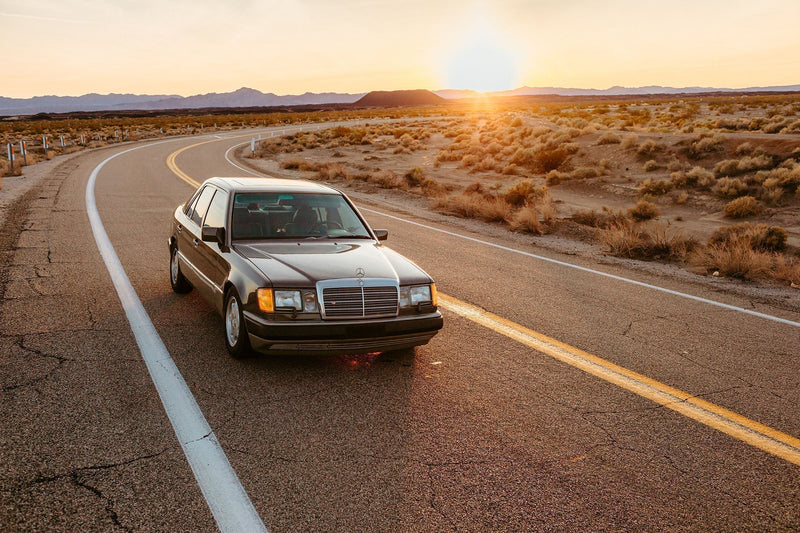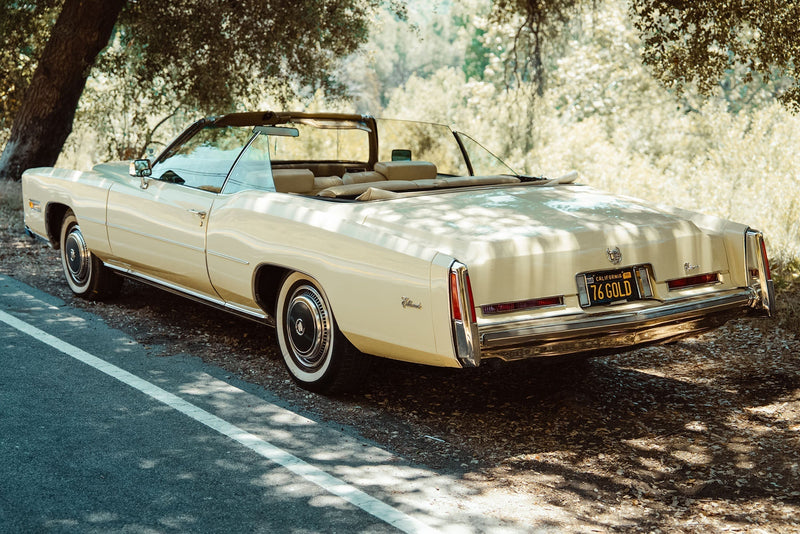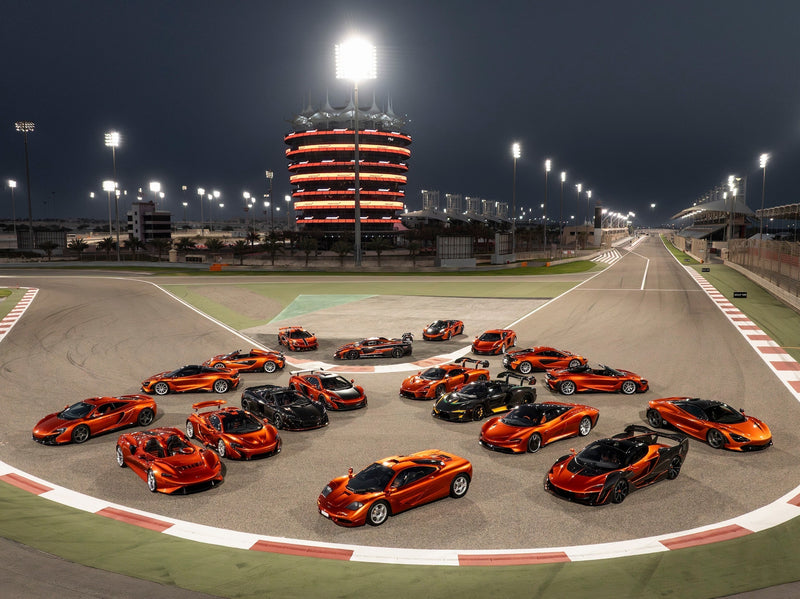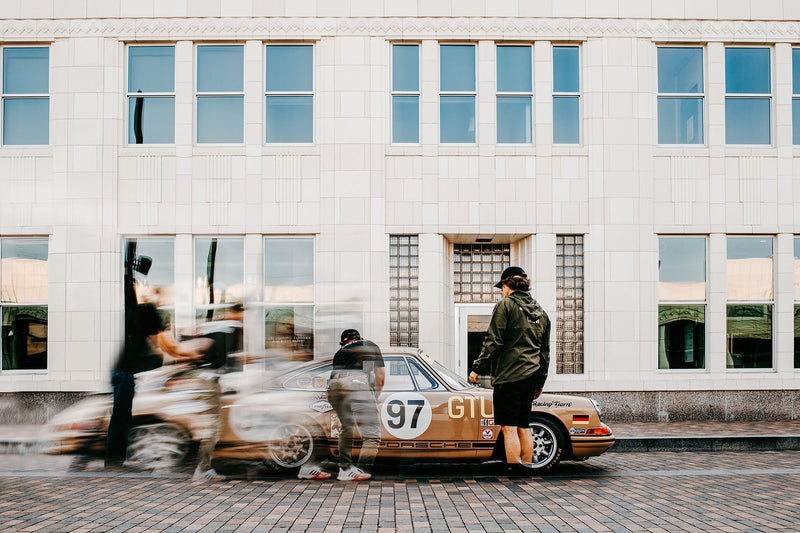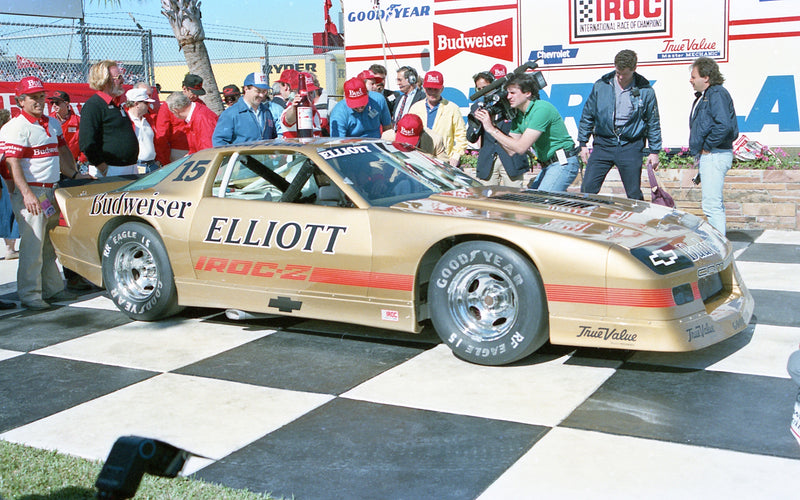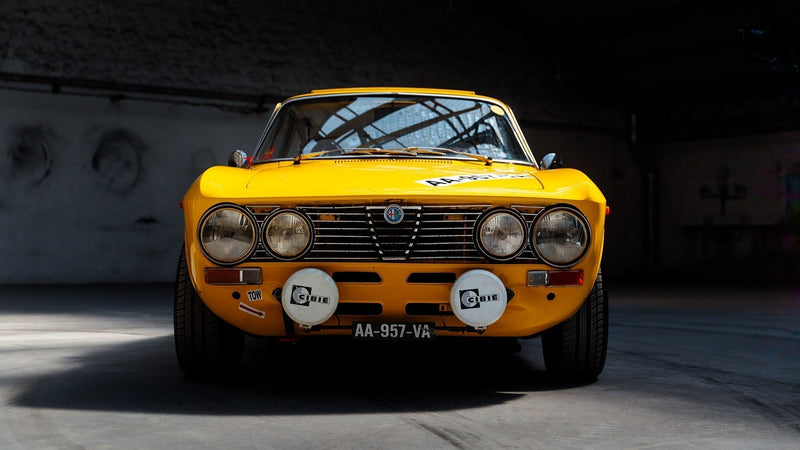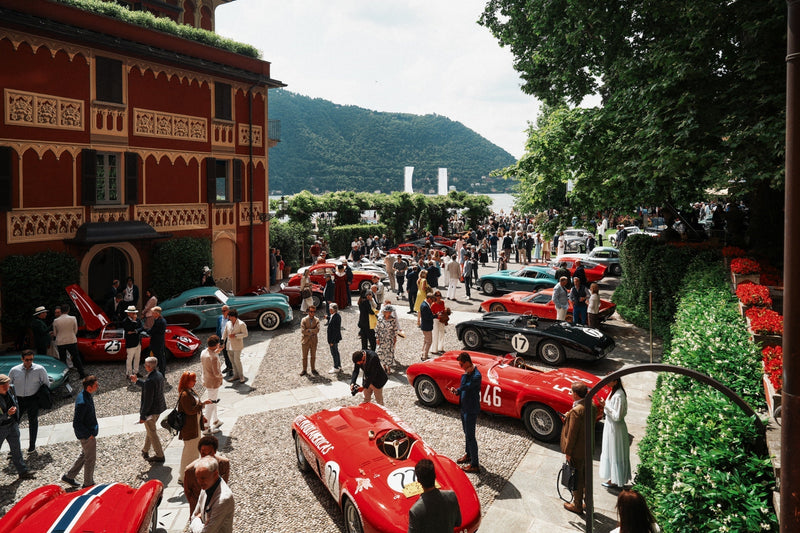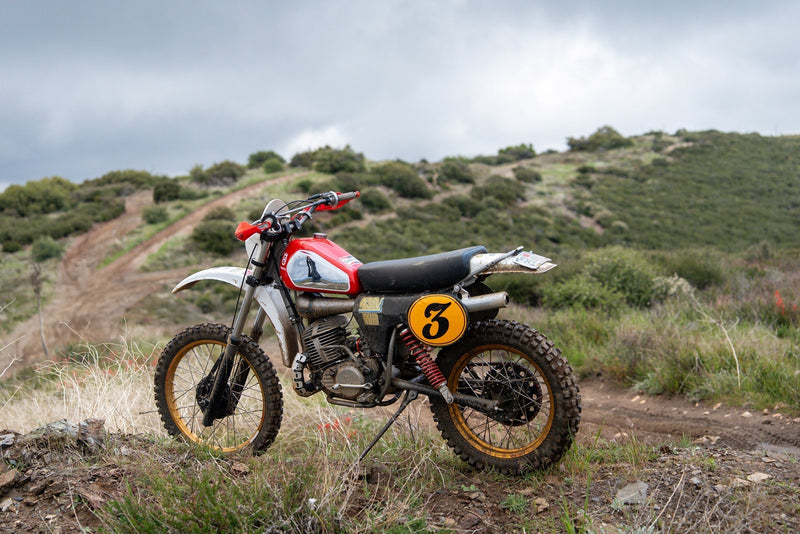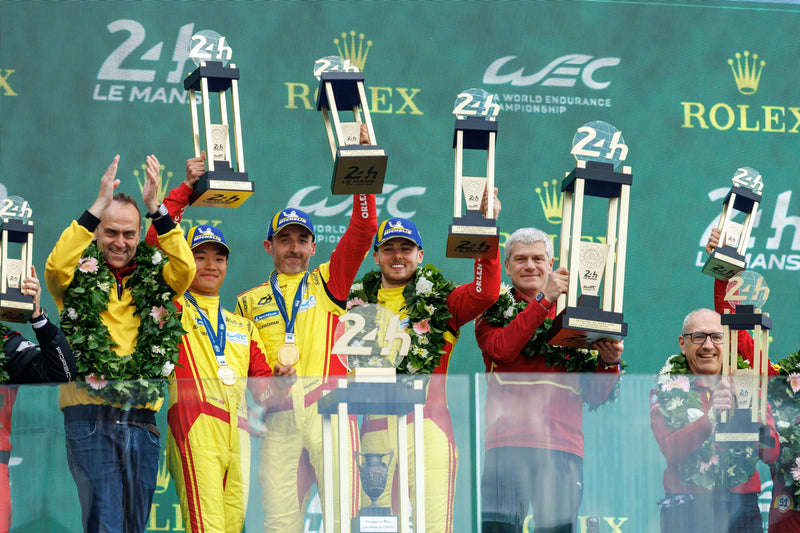Few things sound better than the output of eight angry cylinders echoing from the opposite side of a race track. When you’re standing in the pit lane and that infernal engine is a half-mile away spinning at 7000rpm on the back straight, the report of thousands of controlled explosions bouncing off the stands, the goosebumps come easy. That’s when an engine truly sounds musical. It's the equivalent of cranking the reverb on a great guitar solo. In this instance, the song is blaring from the exhaust pipes of a 327 Chevy small block sporting quad-Weber carburetors on one end and four-inch-diameter side pipes on the other. The ex-Corvette 327 is residing in a Bill Thomas Cheetah, and it’s the only example of its kind in Europe to be approved by the FIA for competition. The legend of the Cheetah has almost reached the point of automotive folklore, but for those who are unfamiliar, here’s the short synopsis.


Essentially, the Cheetah represents one of the great American “what could have been” stories. All of the ingredients were there… or at least most of them. The major mechanical components came from General Motors (notably from Chevy), which included a Corvette-sourced small block with fuel injection. Bill Thomas had racked up a lot of experience with racing Corvettes before Chevy pared down its motorsport program, and he was keen to employ his accumulated knowledge in a new project, the Cheetah.




The Cheetah’s design showed great promise, a tubular chromoly chassis, a true front-mid-engine layout, housing more than enough horsepower, and all wrapped in a svelte fiberglass body with curves that could kill. The car performed pretty well in its career as a race car—though it was never originally designed as such—but it never quite took off. A few oversights in the design of the car and an overall lack of funding meant that the Cheetah never achieved what it might have given a bigger budget. The suits at GM were not nearly as concerned with their brand’s racing image as Ford, and although they agreed to supply components to Bill Thomas, their investment was nothing compared to what Ford was funneling into Shelby.

Thomas and designer Don Edmunds simply didn’t have the ability to fully develop the Cheetah. It began as an idea for a road-going sports car, but it performed well as a racer in American SCCA series all the same. Besides some issues with suspension geometry and chassis rigidity, another major problem for the Cheetah’s motorsport career came from its lack of FIA homologation. With the Cheetah showing promise in what was essentially a prototype class, the intention was to eventually homologate the car in a GT class so it could compete directly with Shelby Cobras and Jaguar E-Types. As timing would have it though, the FIA upped its requirement of production versions, and Chevrolet abandoned the idea of supporting the Cheetah to the necessary extent required to build 1000 examples.





Still, Bill Thomas and co built a handful of Cheetahs, and they were raced pretty extensively in the States even after the FIA rule change barred them from racing against their true peer group. To add literal fire to the flames, a the factory burned down in September of 1965, thus sealing the fate of the original Bill Thomas Cheetah project. The existing Cheetahs continued to be developed here and there by the teams that raced them, but by the late 1960s they weren’t nearly as competitive, and they eventually faded from view. Though it had some unresolved growing pains to work through, the Cheetah showed great promise as a powerful, lightweight race car that could take on Carrol’s Cobras, but sadly those comparisons will have to be left to guesswork.
The Cheetah you see here lives in the UK, and is owned by historic racing enthusiast Ian Burford. It’s the only racing Cheetah in Europe, and one of only two in the world to hold FIA paperwork. The car was restored in the UK by historic race car restoration and preparation specialists CCK Historic using a combination of old and new components. The chassis is from the 1960s, and was reportedly built as a spare for a special roadster variant of the Cheetah known as the “Cro-Sal Special” (not a SoCal typo, but rather a reference to the specific car’s mechanic Gene Crowe and its owner Ralph Salyer). The fiberglass bodywork is all new, and the 327 V8 is an original unit from a 1965 Corvette.




“I fell in love with the car after a friend showed me a picture of what he bought from a Bill Thomas Cheetah specialist in the US,” Burford tells me. “It was swiftly followed by a picture of a Cheetah racing in period. The chassis and body had been mocked up to look complete, and it was only a matter of time, less than 12 hours I think, before I started negotiating with him to buy it!”
The engine was built and prepared according to period FIA specifications, also by CCK Historic. This means it retains its original cast iron block and heads and uses an old school flat tappet camshaft and pressed steel rocker arms—no modern upgrades allowed. The cylinder heads are fully flowed, and the compression ratio is close to 13:1 thanks in part to forged dome-top pistons from JE.




On the dyno, with open pipes, it’s enough to produce an honest 400bhp. Coupled with the lightweight package, it’s not hard to get this car near the front on any historic grid before the first corner. Power is transferred through a triple-plate clutch, Muncie four-speed transmission, and a modified Corvette independent rear end. The front-mid-engine layout does away with any sort of prop shaft and leaves very little room for the driver. In fact the exhaust headers are all but directly above your legs, and they will cook you slowly while you race. Driving a car like this is no walk in the park, and like the Corvette of 1963 that it shared a parts bin with, this Cheetah also has four-wheel drum brakes to make it all the more challenging to manage around a circuit.
Burford corroborates with his first-hand experience; “Driving the Cheetah on a hot day in the UK for any period of time is exhausting. I cannot imagine what it would have been like racing in the heat of summer in its home state of California in the 1960s.”






Whether on track or sitting in the paddock, the Cheetah exudes a sense of menace similar to that of a Shelby Daytona. The Cheetah may not be as beautiful as that car, but its arguably even more striking for its exaggerated proportions. With its cartoonishly elongated hood and stubby rear end, the Cheetah looks like a cross between a road racer and a drag racing funny car. There is nothing about it that looks remotely comfortable, and peering into the cockpit one finds it more suited to a horse jockey. Burford manages to contort and compress enough to get in though, and when he fires it up you can feel the heat emanating from the small side windows as we try in vain to shout over the noise. The slightest dab of throttle is transmitted through the featherweight flywheel, and the car seems to rev like it’s electric. The almost sonorous sound of warm up idle is replaced by the staccato ferociousness that results from deeper and deeper stabs at the right pedal.





When Burford heads out on track, the Cheetah’s sound reverberates complexly through the negative spaces and against the walls of the pit lane until it exits in a veil of tire smoke. I watch until it disappears around the first corner, and then wait and listen until I hear that glorious wide open throttle soundtrack coming down the back straight before it burbles and barks as the revs drop for the the last turn before the chicane.
The Bill Thomas Cheetah is a pretty brutal bit of racing kit, but more importantly, I think it’s one that could have materially added to the story of American racing success in the 1960s had it found a more willing partner in Chevrolet. If it was subjected to a thorough development program, who knows what kind of title bouts we would have seen between it and the Cobra. It’s not hard to imagine an alternate history with Cheetahs and Cobras going tit for tat, but this rivalry in the making wasn’t meant to be. The Cheetah lives on though, through replicas, originals, and historic race cars like this one. It’s Hot Wheels aesthetic and hot rodding attitude make it every bit as radical today as it was in the 1960s.








